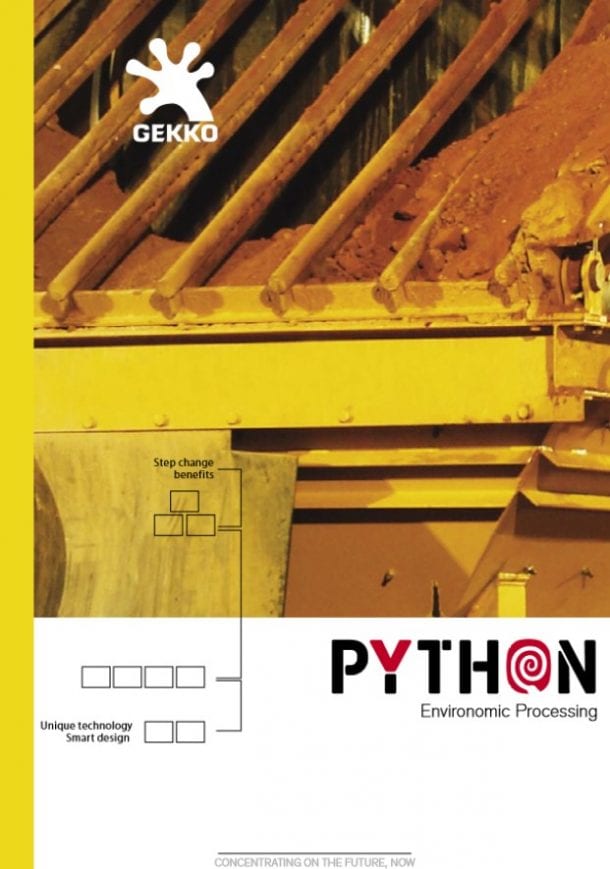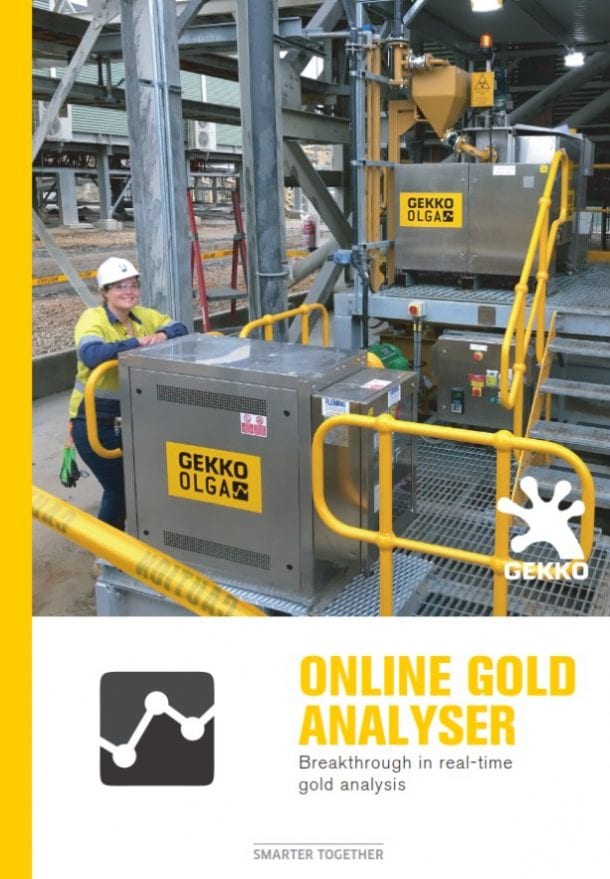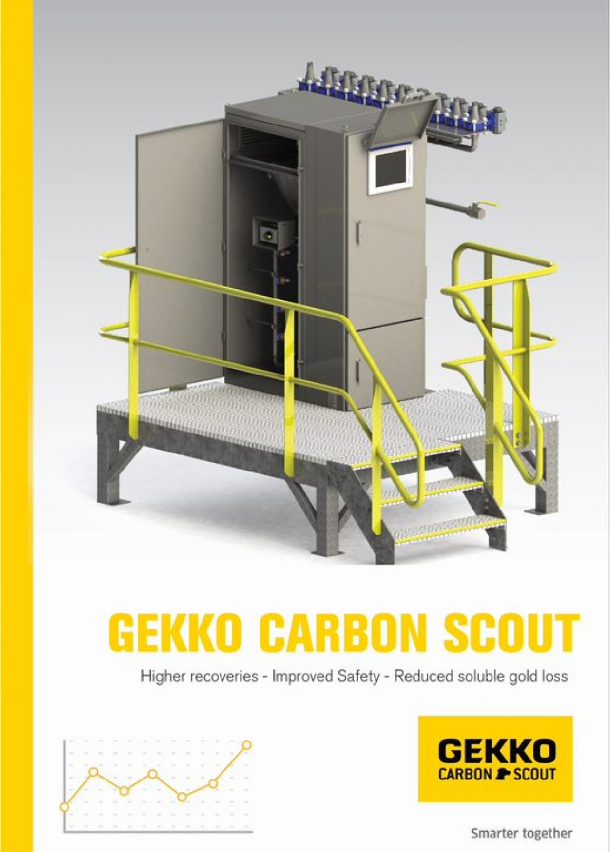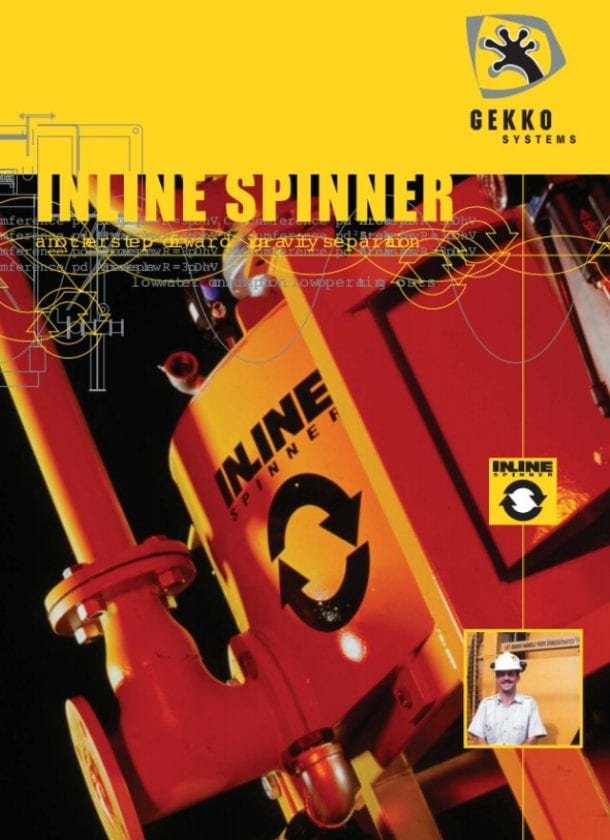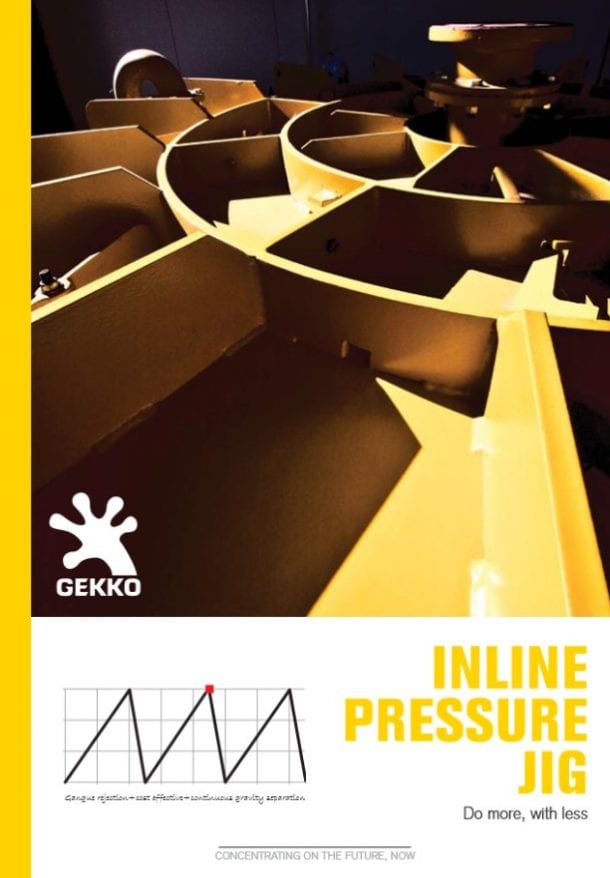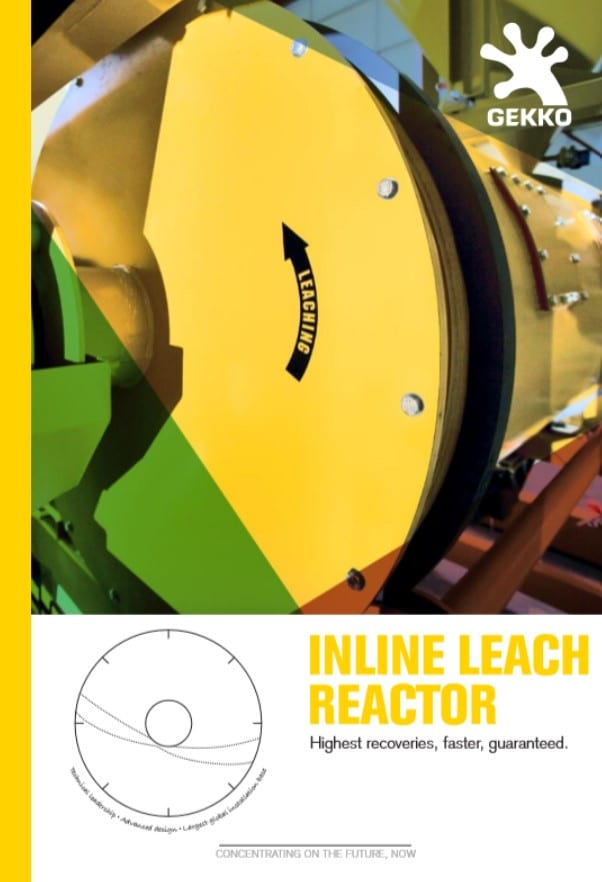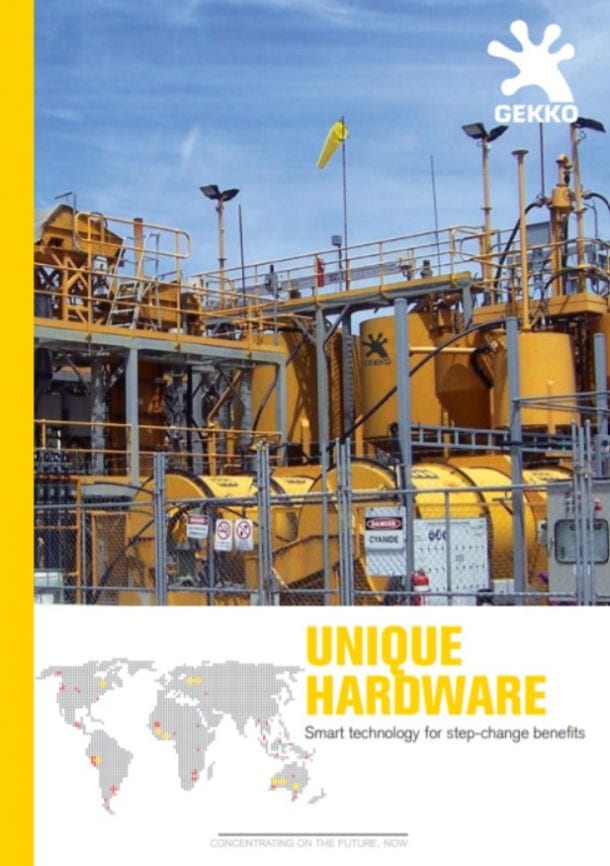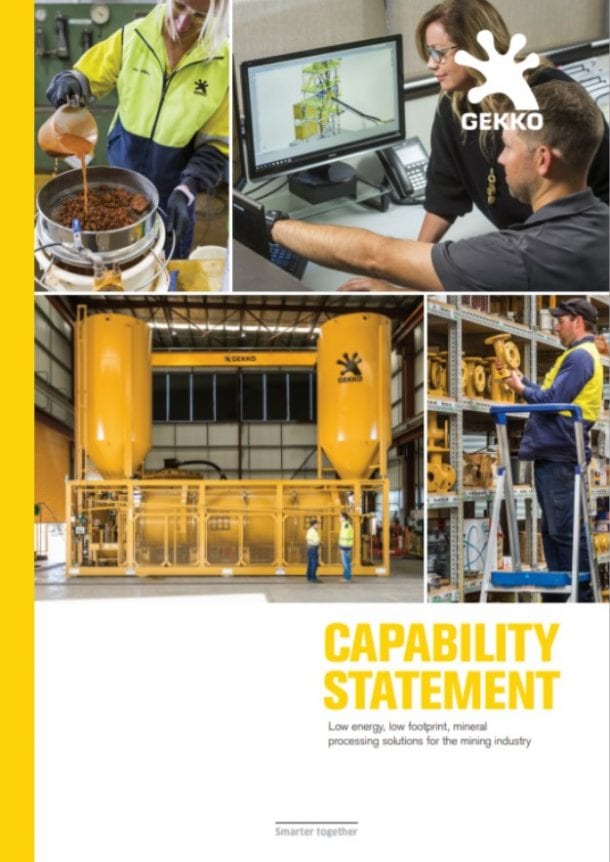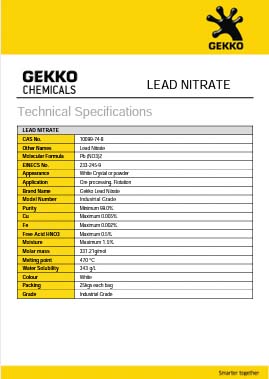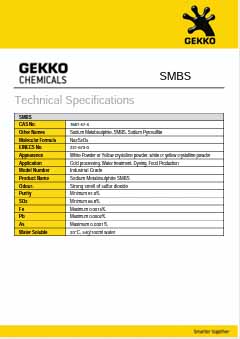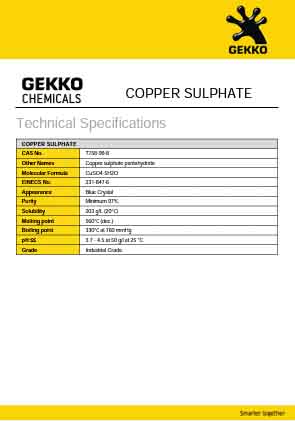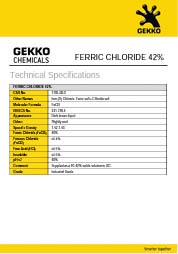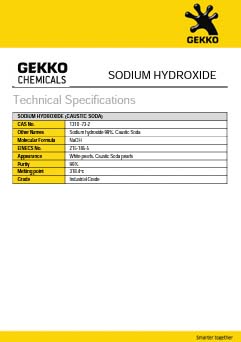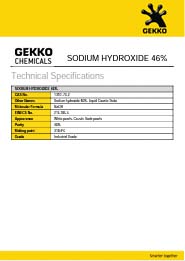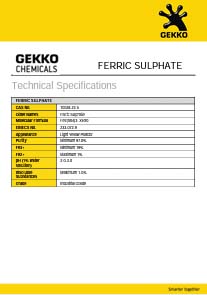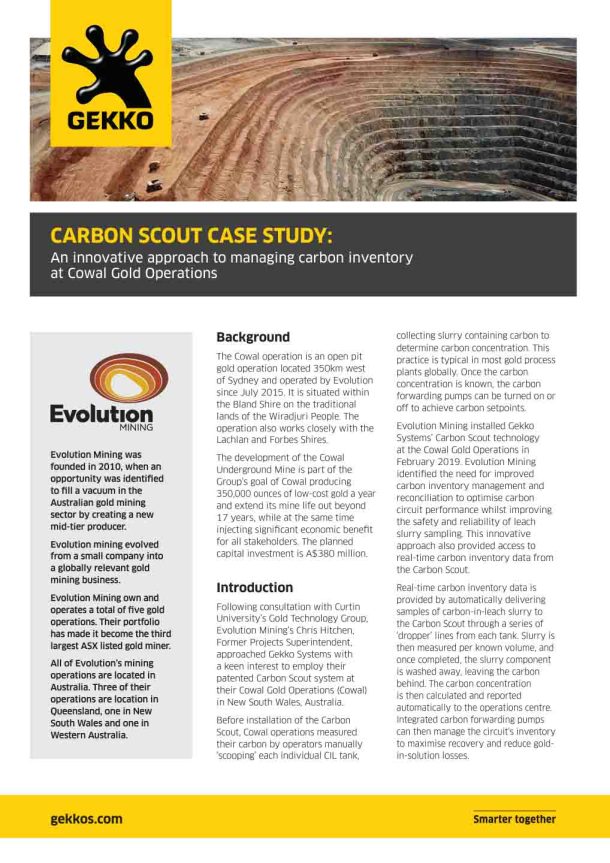Gravity concentration has been a long-term low energy, low chemical, environmentally friendly option for mineral separation. Over the past century its role in the recovery of minerals has declined with the development of other technologies for use in finer grind, higher capacity circuits. However, with a renewed focus on pre-concentration and gangue rejection, continuous gravity concentration is being revisited as a complimentary process to flotation and ore-sorting.
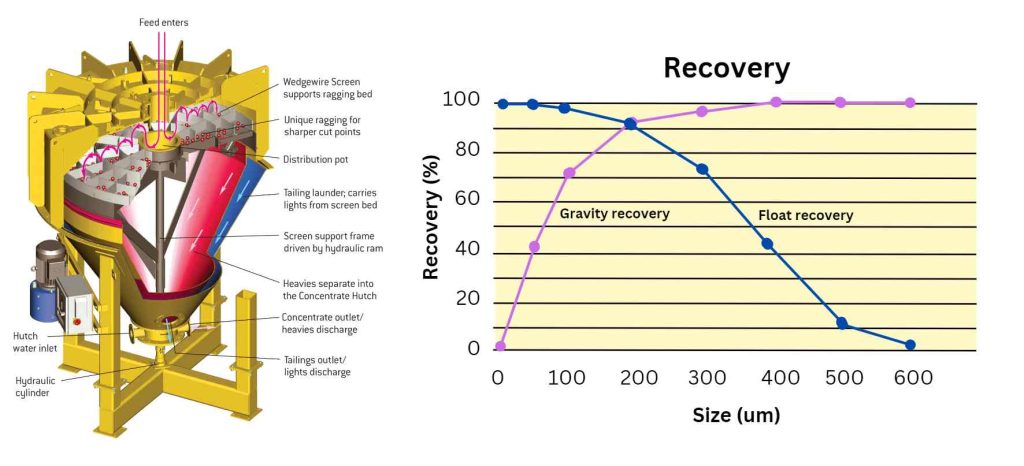
This chart indicates the synergistic recovery relationship between continuous gravity and flotation processes
The development and application of a continuous gravity concentration unit, such as the InLine Pressure Jig (IPJ), is at the core of this innovative flow sheet. The IPJ has the capacity to recover mineral at relatively fine particle sizes (down to 150 um) and features low energy, low operating costs, low footprint and low water consumption per tonne treated.
IPJ’s have well documented success in the treatment of sulphides, native copper, tantalum, tin, zinc, lead, manganese and other heavy minerals as well as diamonds, garnets and other gemstones.
The Pirquitas IPJ installation in Argentina in the Juyuy province is an excellent example of the IPJ’s capacity to reject unwanted gangue and upgrade material. Testing of the ore at coarse feeds of between 2 and 12mm returned probable recoveries of up to a total of 95% silver into 50% of the mass fed to the InLine Pressure Jigs (IPJ’s). Technical paper available for download.
Other IPJ resources available are the:
- New Afton Mine case study. The IPJ’s at New Afton have made a significant contribution to copper recovery – approximately 9% of total copper – and have helped maintain the overall high copper recoveries in the New Afton plant. Click here to download the New Afton case study.
- Bisie Tin Mine case study. Results from the first phase of the project demonstrated that the mine had achieved both the desired recovery and concentrate grade during a single stage of IPJ operation. Click here to dowload the Bisie Tin case study.
To enquire about the IPJ please fill in the form below
